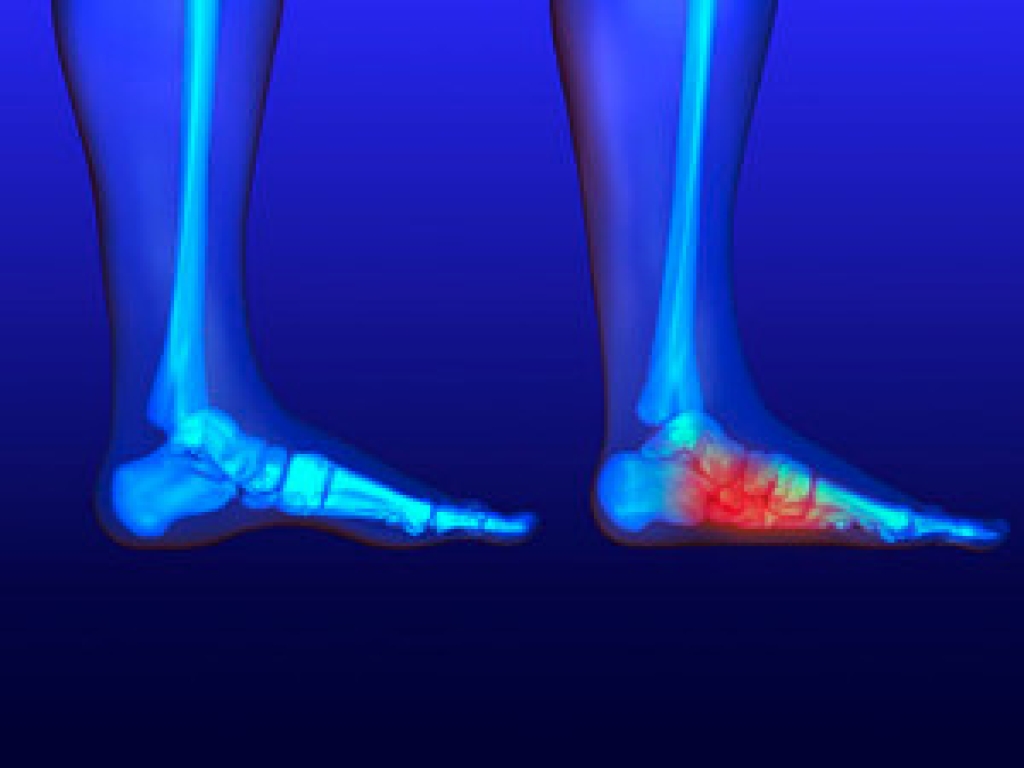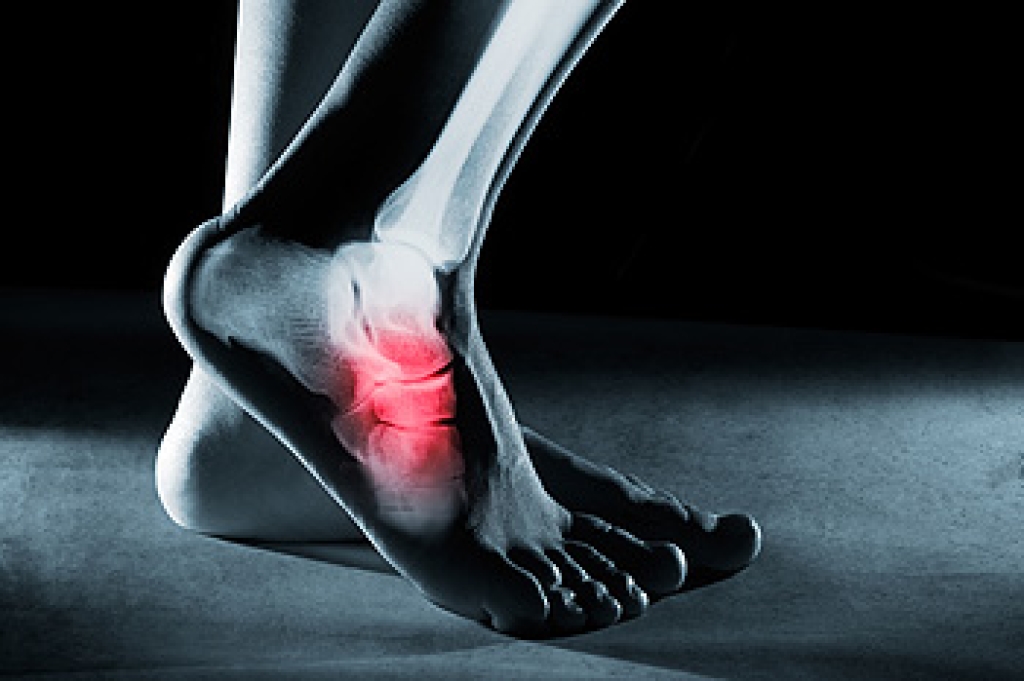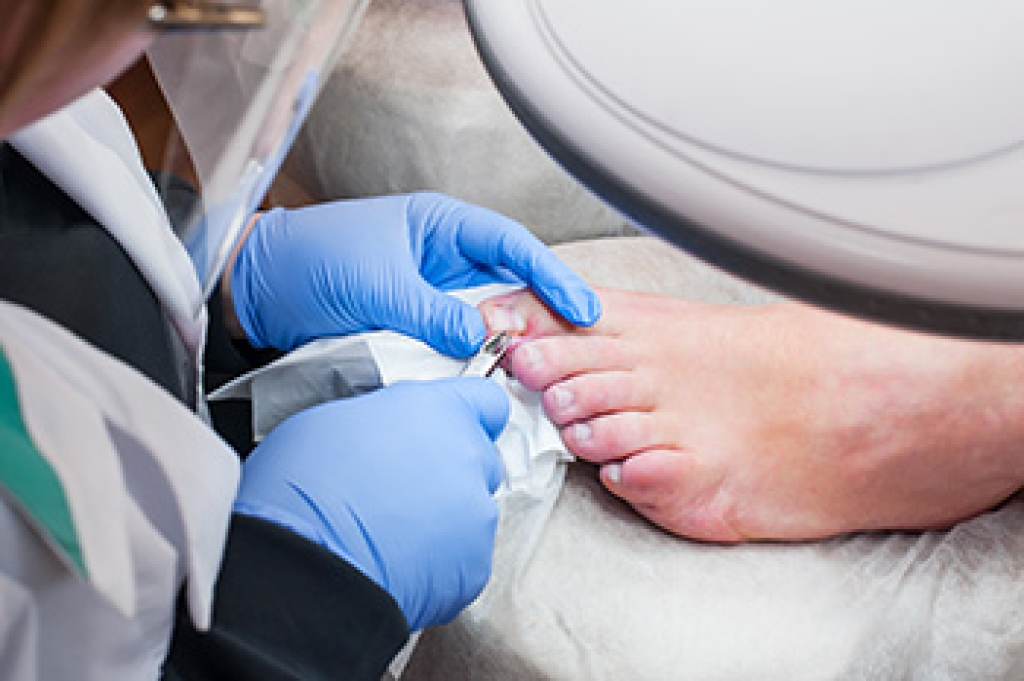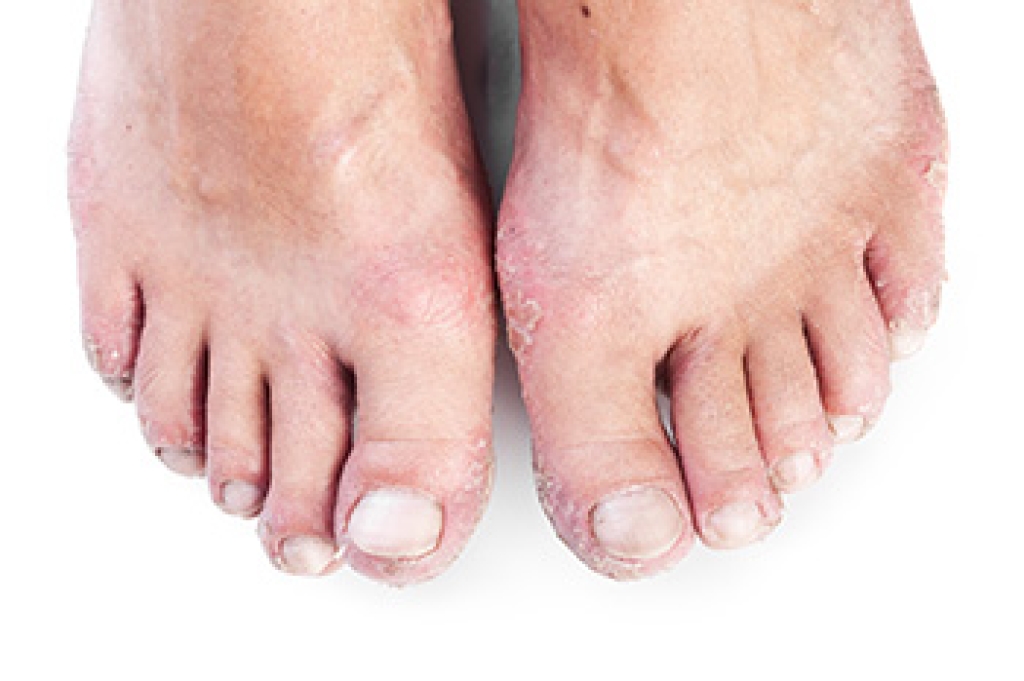 Flat feet are common among babies. The arch generally develops at approximately age six, but flat feet can continue in ten percent of children through the teenage years. The noticeable signs your child may have flat feet often include stiff joints, the entire foot lying flat on the floor while standing, and possible pain while participating in sporting activities. There are patients who may develop arthritis from having flat feet, and this may be evident in the middle of the foot. If you have symptoms of flat feet, it is suggested that you are under the care of a podiatrist who can guide you toward proper management.
Flat feet are common among babies. The arch generally develops at approximately age six, but flat feet can continue in ten percent of children through the teenage years. The noticeable signs your child may have flat feet often include stiff joints, the entire foot lying flat on the floor while standing, and possible pain while participating in sporting activities. There are patients who may develop arthritis from having flat feet, and this may be evident in the middle of the foot. If you have symptoms of flat feet, it is suggested that you are under the care of a podiatrist who can guide you toward proper management.
Flatfoot is a condition many people suffer from. If you have flat feet, contact Afsha Naimat-Shahzad, DPM from Leander Foot & Ankle. Our doctor will treat your foot and ankle needs.
What Are Flat Feet?
Flatfoot is a condition in which the arch of the foot is depressed and the sole of the foot is almost completely in contact with the ground. About 20-30% of the population generally has flat feet because their arches never formed during growth.
Conditions & Problems:
Having flat feet makes it difficult to run or walk because of the stress placed on the ankles.
Alignment – The general alignment of your legs can be disrupted, because the ankles move inward which can cause major discomfort.
Knees – If you have complications with your knees, flat feet can be a contributor to arthritis in that area.
Symptoms
- Pain around the heel or arch area
- Trouble standing on the tip toe
- Swelling around the inside of the ankle
- Flat look to one or both feet
- Having your shoes feel uneven when worn
Treatment
If you are experiencing pain and stress on the foot you may weaken the posterior tibial tendon, which runs around the inside of the ankle.
If you have any questions, please feel free to contact our office located in Leander, TX . We offer the newest diagnostic and treatment technologies for all your foot care needs.





